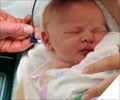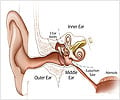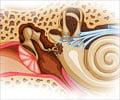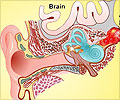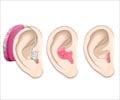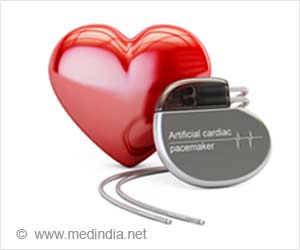A group of scientists has revealed that an ear chamber filled with ions and which produces an electrical potential to drive neural signals can be used to power medical devices.

The devices could monitor biological activity in the ears of people with hearing or balance impairments, or responses to therapies.
In experiments, Konstantina Stankovic, an otologic surgeon at MEEI, and HST graduate student Andrew Lysaght implanted electrodes in the biological batteries in guinea pigs' ears.
Attached to the electrodes were low-power electronic devices developed by MIT's Microsystems Technology Laboratories (MTL).
After the implantation, the guinea pigs responded normally to hearing tests, and the devices were able to wirelessly transmit data about the chemical conditions of the ear to an external receiver.
The ear converts a mechanical force - the vibration of the eardrum - into an electrochemical signal that can be processed by the brain; the biological battery is the source of that signal's current.
Advertisement
But while the radio is much more efficient than those found in cellphones, it still couldn't run directly on the biological battery.
Advertisement
The research is published in journal Nature Biotechnology.
Source-ANI

